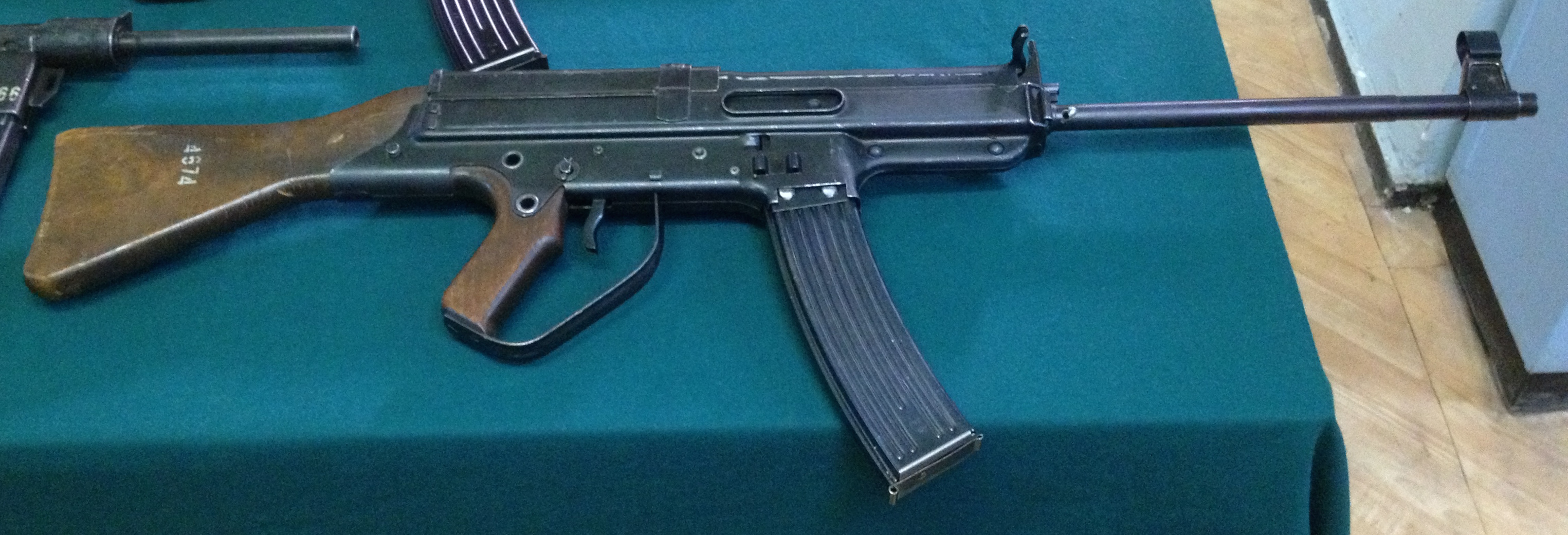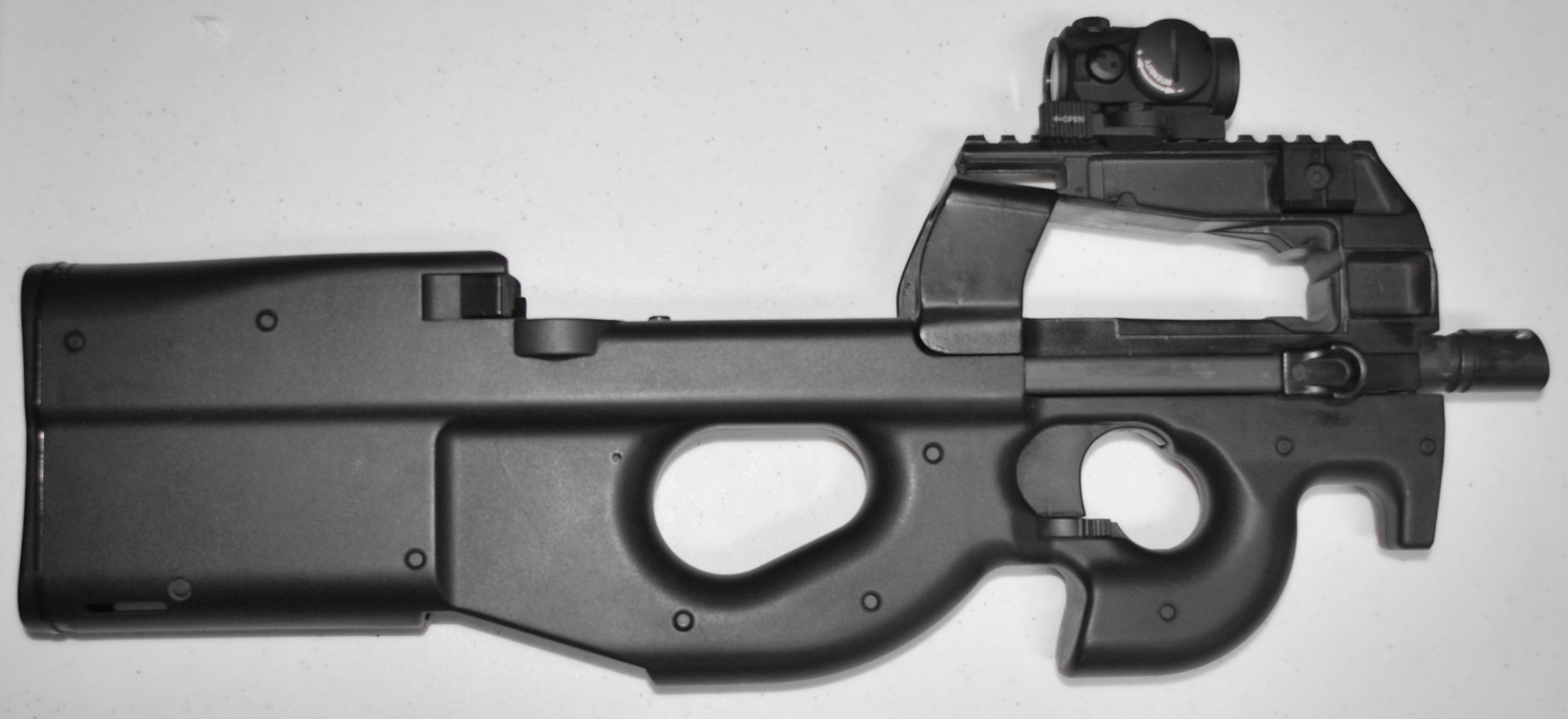|
List Of 7.92×33mm Kurz Firearms
The below table gives a list of firearms that can fire the 7.92×33mm Kurz cartridge. This table is sortable for every column. See also *List of assault rifles *List of 7.62×39mm firearms References {{DEFAULTSORT:7.92×33mm Kurz firearms firearms, List of Lists of firearms, 7.92×33mm Kurz firearms 7.92×33mm Kurz firearms ... [...More Info...] [...Related Items...] OR: [Wikipedia] [Google] [Baidu] |
Firearms
A firearm is any type of gun that uses an explosive charge and is designed to be readily carried and operated by an individual. The term is legally defined further in different countries (see legal definitions). The first firearms originated in 10th-century China, when bamboo tubes containing gunpowder and pellet projectiles were mounted on spears to make the portable fire lance, operable by a single person, which was later used effectively as a shock weapon in the siege of De'an in 1132. In the 13th century, fire lance barrels were replaced with metal tubes and transformed into the metal-barreled hand cannon. The technology gradually spread throughout Eurasia during the 14th century. Older firearms typically used black powder as a propellant, but modern firearms use smokeless powder or other explosive propellants. Most modern firearms (with the notable exception of smoothbore shotguns) have rifled barrels to impart spin to the projectile for improved flight stability. ... [...More Info...] [...Related Items...] OR: [Wikipedia] [Google] [Baidu] |
Maschinenkarabiner 42(H)
The Maschinenkarabiner 42(H) or MKb 42(H) (machine carbine Model 1942 (Haenel)) was an early German assault rifle firing an intermediate round of World War II. Designed in 1940 – 1941 by Hugo Schmeisser working for ''C. G. Haenel Waffen und Fahrradfabrik'', several thousand were made and the gun was used on the Eastern Front in 1943. The MKb 42(H), along with the less successful Maschinenkarabiner 42(W) (MKb 42(W)) by ''Walther Waffenfabrik AG'', were predecessors of the MP 43 assault rifle. History As early as 1918 the German Army (''Heer'') began to study the feasibility of an intermediate round and rifle. However, a combination of military orthodoxy, limited funds and the arms development restrictions of the Versailles Treaty led Germany to adopt the Mauser Karabiner 98K on 21 June 1935 to replace the Gewehr 98. From 1939 onwards the German Army gathered combat reports which were analyzed to determine combat conditions and tactical trends in order to develop new tactic ... [...More Info...] [...Related Items...] OR: [Wikipedia] [Google] [Baidu] |
StG 44
The StG 44 (abbreviation of Sturmgewehr 44, "assault rifle 44") is a German assault rifle developed during World War II by Hugo Schmeisser. It is also known by its early designations as the MP 43 and MP 44 (''Maschinenpistole 43'' and ''44''). The StG 44 was an improvement of an earlier design, the Maschinenkarabiner 42(H). The StG 44 was the first successful assault rifle, with features including an intermediate cartridge, controllable automatic fire, a more compact design than a battle rifle with a higher rate of fire, and being designed primarily for hitting targets within a few hundred metres. Other rifles at the time were designed to hit targets at greater ranges, but this was found to be in excess of the range in which most enemy engagements actually took place. The StG 44 fulfilled its role effectively, particularly on the Eastern Front, offering a greatly increased volume of fire compared to standard infantry rifles. The StG largely influenced the Soviet AK-47, introd ... [...More Info...] [...Related Items...] OR: [Wikipedia] [Google] [Baidu] |
Wimmersperg Spz
The Wimmersperg Spz ("Sp" stands for 'STEN pistol', "z" for 'made of two parts') was a family of German assault rifles that was in the planning stage during the latter days of Nazi Germany. Overview The overall weapon is largely made up from Sten Mk II submachine gun components (which the Germans copied as Gerät Potsdam), most notably the receiver and buttstock. The magazine and magazine release are from the StG-44, and so were the barrel blanks. There were three variants designed. The Spz-l (''lange Bauart'', long variant) used a conventional layout with separate pistol grip, while in the Spz-kr (''kurze Bauart mit Regler für Serienfeuer'', short model with burst-fire switch) and Spz-kv (''kurze Bauart mit Verschlußzündung'', striker-fired short model) the magazine itself was the pistol grip. The Spz-l and Spz-kr were hammer-fired, while the Spz-kv was striker-fired. All variants were gas-operated, had swappable barrels, and were designed for selective fire. Single-sho ... [...More Info...] [...Related Items...] OR: [Wikipedia] [Google] [Baidu] |
Pistol
A pistol is a type of handgun, characterised by a gun barrel, barrel with an integral chamber (firearms), chamber. The word "pistol" derives from the Middle French ''pistolet'' (), meaning a small gun or knife, and first appeared in the English language when early handguns were produced in Europe. In colloquial usage, the word "pistol" is often used as a generic term to describe ''any'' type of handgun, inclusive of revolvers (which have a single barrel and a separate cylinder (firearms), cylinder housing multiple chambers) and the pocket gun, pocket-sized derringers (which are often multiple-barrel firearm, multi-barrelled). The most common type of pistol used in the contemporary era is the semi-automatic pistol. The older single-shot and lever-action pistols are now rarely seen and used primarily for nostalgic hunting and historical reenactment. Fully-automatic machine pistols are uncommon in civilian usage because of their generally poor recoil-controllability (due to the l ... [...More Info...] [...Related Items...] OR: [Wikipedia] [Google] [Baidu] |
Bolt-action
Bolt action is a type of manual Action (firearms), firearm action that is operated by ''directly'' manipulating the bolt (firearms), turn-bolt via a cocking handle, bolt handle, most commonly placed on the right-hand side of the firearm (as most users are right-handed). The majority of bolt-action firearms are rifles, but there are also some variants of shotguns and handguns that are bolt-action. Bolt action firearms are generally repeating firearms, but many single-shot designs are available particularly in shooting sports where single-shot firearms are mandated, such as most Olympic and International Shooting Sport Federation, ISSF rifle disciplines. From the late 19th century all the way through both World Wars, bolt action rifles were the standard infantry service rifle, service weapons for most of the world's military forces, with the exception of the United States Armed Forces, who used the M1 Garand Semi-automatic rifle. In modern military and law enforcement after ... [...More Info...] [...Related Items...] OR: [Wikipedia] [Google] [Baidu] |
Bullpup
A bullpup firearm is one with its firing grip located in front of the Chamber (firearms), breech of the weapon, instead of behind it. This creates a weapon with a shorter overall length for a given barrel length, and one that is often lighter, more compact, concealable, and more maneuverable than a conventionally configured firearm. Where it is desirable for troops to be issued a more compact weapon, the use of a bullpup configuration allows for barrel length to be retained, thus preserving muzzle velocity, range, and ballistic effectiveness. The bullpup concept was first tested militarily in 1901 with the British Thorneycroft carbine, but it was not until the Cold War that more successful designs and improvements led to wider adoption. In 1977, the Austrian Federal Army, Austrian Army became the first military force in the world to adopt a bullpup rifle, the Steyr AUG, as a service rifle, principal combat weapon. Since then the militaries in many countries have followed suit w ... [...More Info...] [...Related Items...] OR: [Wikipedia] [Google] [Baidu] |
Remington XP-100
The Remington XP-100 (from eXperimental Pistol number 100) is a bolt-action pistol produced by Remington Arms from 1963 to 1998. The XP-100 was one of the first handguns designed for long-range shooting and introduced the .221 Remington Fireball, .221 Fireball and 6×45mm. The XP-100 was noted for its accuracy and is still viewed as competitive today in the sport of handgun Varmint hunting, varminting, which it helped create, as well as in metallic silhouette shooting. Overview The XP-100 was based on Remington's short action bolt action carbine, the Remington Model 40X, which influenced the later Remington Model 600 rifle. The XP-100 was initially introduced with a barrel set into a nylon stock with an unusual center-mounted grip. Chambered in .222 Remington in early prototypes, the short barrel produced significant noise and muzzle flash. Subsequently, the case was shortened to reduce powder capacity to a volume more suited to the shorter barrel of a pistol. The resulting ca ... [...More Info...] [...Related Items...] OR: [Wikipedia] [Google] [Baidu] |
AK-47
The AK-47, officially known as the Avtomat Kalashnikova (; also known as the Kalashnikov or just AK), is an assault rifle that is chambered for the 7.62×39mm cartridge. Developed in the Soviet Union by Russian small-arms designer Mikhail Kalashnikov, it is the originating firearm of the Kalashnikov rifle, Kalashnikov (or "AK") family of rifles. After more than seven decades since its creation, the AK-47 model and its variants remain one of the most popular and widely used firearms in the world. Design work on the AK-47 began in 1945. It was presented for official military trials in 1947, and, in 1948, the fixed-Stock (gun), stock version was introduced into active service for selected units of the Soviet Army. In early 1949, the AK was officially accepted by the Soviet Armed Forces and used by the majority of the member states of the Warsaw Pact. The model and its variants owe their global popularity to their reliability under harsh conditions, low production cost (compared t ... [...More Info...] [...Related Items...] OR: [Wikipedia] [Google] [Baidu] |
Mauser 98
The Gewehr 98 (abbreviated ''G98'', Gew 98, or ''M98'') is a bolt-action rifle made by Mauser for the German Empire as its service rifle from 1898 to 1935. The Gewehr 98 action, using a 5-round stripper clip loaded with the 7.92×57mm Mauser cartridge, successfully combined and improved several bolt-action engineering concepts which were soon adopted by many other countries, including the United Kingdom, United States, and Japan. The Gewehr 98 replaced the earlier Gewehr 1888 as the main German service rifle. It first saw combat in the Chinese Boxer Rebellion and was the main German infantry service rifle of World War I. The Gewehr 98 saw further military use by the Ottoman Empire and Nationalist Spain. It was eventually replaced by the Karabiner 98k, a carbine version using the same design, for the Wehrmacht under Nazi Germany from 1935 to 1945. History The Gewehr 98 was introduced into German military service in 1898, replacing the Gewehr 1888. The bolt-action design was ... [...More Info...] [...Related Items...] OR: [Wikipedia] [Google] [Baidu] |






